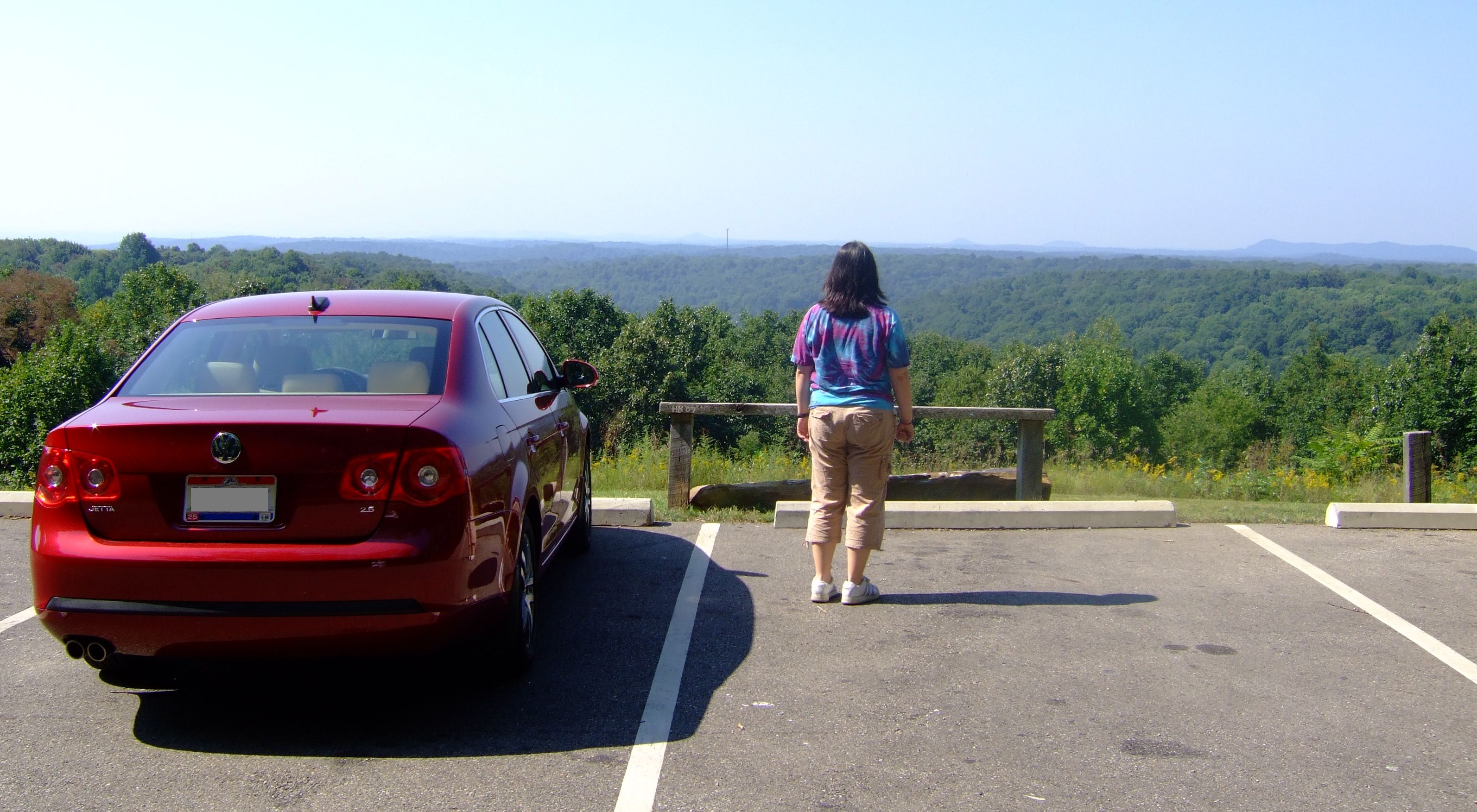|
Echo Point (lookout)
Echo Point is a lookout about south of Katoomba, New South Wales Katoomba is the chief town of the City of Blue Mountains in New South Wales, Australia, and the administrative headquarters of Blue Mountains City Council. The council's understanding is that Katoomba is located on the lands of the Dharug and G ..., Australia. It attracts an estimated 1.5–2 million visitors each year. The lookout offers a view to Three Sisters, Mount Solitary and the rock formation known as the Ruined Castle. A short walk from Echo Point leads to The Giant Stairway which provides access to a number of nature walks through Jamison Valley. File:EchoPoint36802641730 86266efeae o.jpg, Echo Point File:EchoPoint2017-09-08-37028437992 2aced12ed0 o.jpg, View from Echo Point File:EchoPoint36802654860 3129d9549c o.jpg, View across the Jamison Valley, from Echo Point References {{Coord, 33, 43, 57.76, S, 150, 18, 43.05, E, type:landmark, display=title Lookouts in Australia Tourist attractions in ... [...More Info...] [...Related Items...] OR: [Wikipedia] [Google] [Baidu] |
Overlook
A scenic viewpoint – also called an observation point, viewpoint, viewing point, vista point, lookout, scenic overlook,These terms are more commonly used in North America. etc. – is an elevated location where people can view scenery (often with binoculars) and photograph it. Scenic viewpoints may be created alongside scenic routes or mountain roads, often as simple turnouts or lay-bys where motorists can pull over onto pavement, gravel, or grass on the right-of-way. Many viewpoints are larger, having parking areas, while some (typically on larger highways) are off the road completely. Viewing points may also be found on hill or mountain tops or on rocky spurs overlooking a valley and reached via a hiking trail. They may be protected by railings to protect the public or be enhanced by a viewing tower designed to elevate visitors above the surrounding terrain or trees in order to offer panoramic views. Overlooks are frequently found in national parks, and in the U.S. along n ... [...More Info...] [...Related Items...] OR: [Wikipedia] [Google] [Baidu] |
Katoomba, New South Wales
Katoomba is the chief town of the City of Blue Mountains in New South Wales, Australia, and the administrative headquarters of Blue Mountains City Council. The council's understanding is that Katoomba is located on the lands of the Dharug and Gundungurra Aboriginal peoples. Katoomba is situated on the Great Western Highway west of Sydney and south-east of Lithgow. Katoomba railway station is on the Main Western line. Katoomba is a base for bush and nature walks in the surrounding Blue Mountains. At the 2016 census, Katoomba had a population of 7,964 people. Etymology Kedumba or Katta-toon-bah is an Aboriginal term for "shining falling water" or "water tumbling over hill" and takes its name from a waterfall that drops into the Jamison Valley below the Harrys Amphitheatre escarpment. Previously, the site was known as William's Chimney and Collett's Swamp. In 1874 the locality was named The Crushers after the name of the railway station that served a nearby quarry. The name K ... [...More Info...] [...Related Items...] OR: [Wikipedia] [Google] [Baidu] |
Three Sisters (Australia)
The Three Sisters are an unusual rock formation in the Blue Mountains of New South Wales, Australia, on the north escarpment of the Jamison Valley. They are located close to the town of Katoomba and are one of the Blue Mountains' best known sites, towering above the Jamison Valley. Their names are Meehni (922 m), Wimlah (918 m), and Gunnedoo (906 m). The formation receives more than 600,000 visitors per year. Formation The Three Sisters were formed by land erosion around 200 million years ago during the Triassic period when the sandstone of the Blue Mountains was eroded over time by wind, rain and rivers, causing the cliffs surrounding the Jamison Valley to be slowly broken up. When the Blue Mountains were covered in seawater, the ocean carried large amounts of sediment that gradually sunk to the floor in crosswise layers. These layers later created rock beds and shales. Around 200 million years ago, volcanoes erupted through the coal, sandstone and shale layers, forming ... [...More Info...] [...Related Items...] OR: [Wikipedia] [Google] [Baidu] |
Lookouts In Australia
A lookout or look-out is a person in charge of the observation of hazards. The term originally comes from a naval background, where lookouts would watch for other ships, land, and various dangers. The term has now passed into wider parlance. Naval application Lookouts have been traditionally placed in high on masts, in crow's nests and tops. The International Regulations for Preventing Collisions at Sea (1972) says in part: : Every vessel must at all times keep a proper look-out by sight (day shape or lights by eyes or visual aids), hearing (sound signal or Marine VHF radio) and all available means (e.g. Radar, ARPA, AIS, GMDSS...) in order to judge if risk of collision exists. Lookouts report anything they see and or hear. When reporting contacts, lookouts give information such as, bearing of the object, which way the object is headed, target angles and position angles and what the contact is. Lookouts should be thoroughly familiar with the various types of distress signa ... [...More Info...] [...Related Items...] OR: [Wikipedia] [Google] [Baidu] |



